



Indian art and culture
There are many events in India Indian art and culture are rich and diverse, reflecting the country’s long history and varied influences. Indian art includes classical forms such as Bharatanatyam and Kathak dance, intricate sculptures, and vibrant paintings like Madhubani and Warli. The architecture is marked by monumental structures like the Taj Mahal, ancient temples, and forts, showcasing intricate carvings and designs. Indian literature is equally diverse, with ancient texts like the Vedas and epics like the Mahabharata and Ramayana.
Indian theatre art
Indian theater art is a dynamic facet of Indian art and culture that combines dance, drama, and music in traditional forms like Kathakali, Bharatanatyam, and Kutiyattam. With its roots in antiquated customs, it depicts mythology, epics, and folklore, illuminating India’s profound spirituality and rich cultural diversity. This tradition is carried on by modern theater, which adapts to new stories.
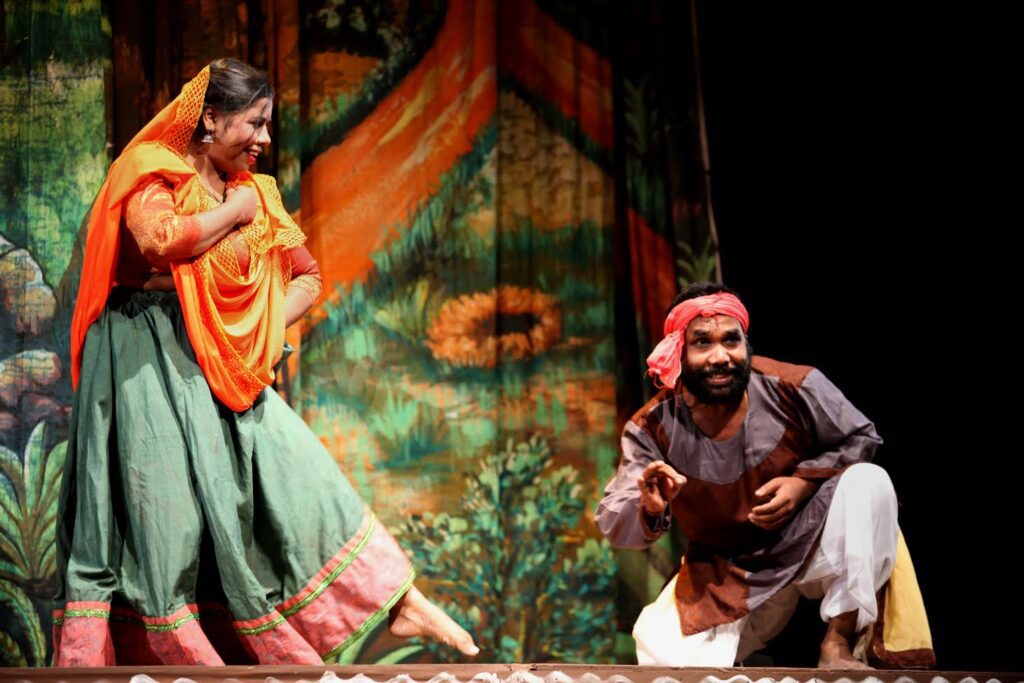
Indian Folk theatre art
Indian folk theatre reflects the rich cultural diversity of India through a vibrant fusion of dance, music, drama, and storytelling. Regional traditions are embodied in forms like Yakshagana, from Karnataka, Jatra, from Bengal, and Therukoothu, from Tamil Nadu. These plays, which have their roots in regional mythology and folklore, protect India’s creative legacy.
Indian Festival
India is a land of diverse cultures and traditions, each celebrated with vibrant festivals throughout the year. Diwali, the event of lights, marks the victory of good over evil and is celebrated with dazzling fireworks, oil lamps, and family gatherings.Holi, the festival of colors, involves joyous splashing of colored powders and water, signifying the arrival of spring and the triumph of love and happiness. Durga Puja, particularly prominent in West Bengal, honors the goddess Durga with elaborate pandals, rituals, and cultural performances.
Eid-ul-Fitr, celebrated by Muslims, marks the end of Ramadan with prayers, feasting, and charity. Pongal in Tamil Nadu is a harvest festival thanking the Sun God for a bountiful harvest. Ganesh Chaturthi sees the immersion of Lord Ganesha idols amidst music and dance. These festivals, rich in rituals and communal harmony, reflect India’s unity in diversity.
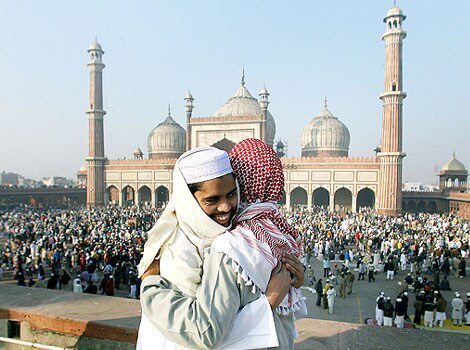
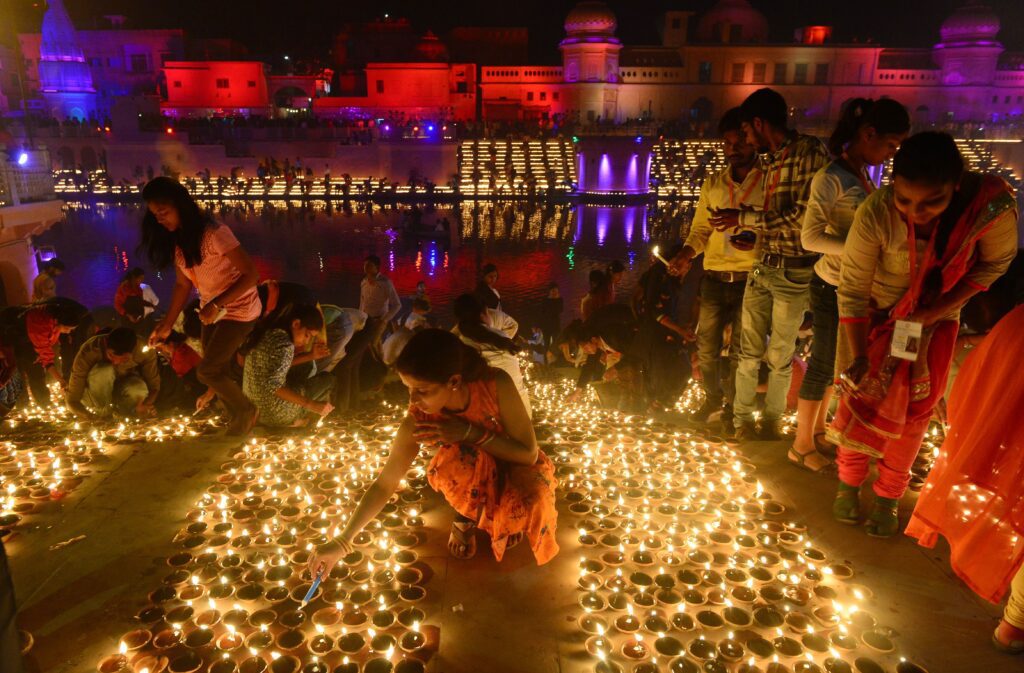

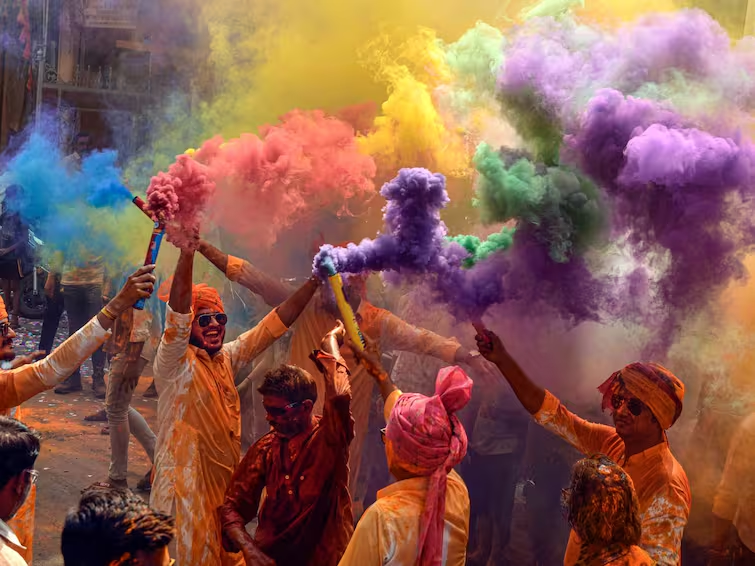
Eid festival
In India, people celebrate the joyous Muslim holiday of Eid with prayers, feasts, and get-togethers with their communities. The festival, which combines regional customs with Islamic traditions, showcases the nation’s diverse cultural fabric. During this joyous occasion, vibrant art forms such as calligraphy, elaborate henna designs, and traditional clothing highlight India’s cultural diversity.
Holi festival
India’s colorful festival of colors, Holi, honors unity, love, and spring. People enjoy traditional music and dance, throw colorful powder with joy, and make beautiful rangoli designs. India’s vibrant customs and varied heritage are showcased by Holi, an event rich in art and culture that represents happy rituals, festive foods, and social harmony.
Navratri festival
The colorful Hindu holiday of Navratri commemorates the victory of good over evil. It is a nine-night celebration honoring the many forms of Goddess Durga. It is rooted in Indian art and culture and includes elaborate rituals, traditional music, dances like Garba and Dandiya, and artistic displays that represent cultural heritage and spiritual renewal.
Diwali festival
The Festival of Lights, Diwali, commemorates the victory of good over evil. It is rooted in Indian art and culture and includes dance styles like Bharatanatyam, traditional music, and colorful rangoli designs. Oil lamps are used to decorate homes, and ceremonies are held in honor of deities like Lakshmi, who represent wealth and enlightenment.
Indian dance
Indian dance is a vibrant and diverse art form, deeply rooted in the country’s cultural and spiritual heritage. It encompasses a variety of classical styles such as Bharatanatyam, Kathak, Odissi, Kuchipudi, Manipuri, Mohiniyattam, and Kathakali, each with its unique history, costume, music, and movements. These classical dances often depict stories from Indian mythology and epics, using intricate hand gestures (mudras), facial expressions (abhinaya), and rhythmic footwork.
Folk dances like Bhangra, Garba, and Dandiya represent regional traditions and are typically performed during festivals and celebrations. Contemporary Indian dance incorporates elements of classical, folk, and modern dance, reflecting the country’s evolving cultural landscape. Dance in India is not just a form of entertainment but a means of storytelling, worship, and preserving cultural identity, passing down traditions from one generation to the next.
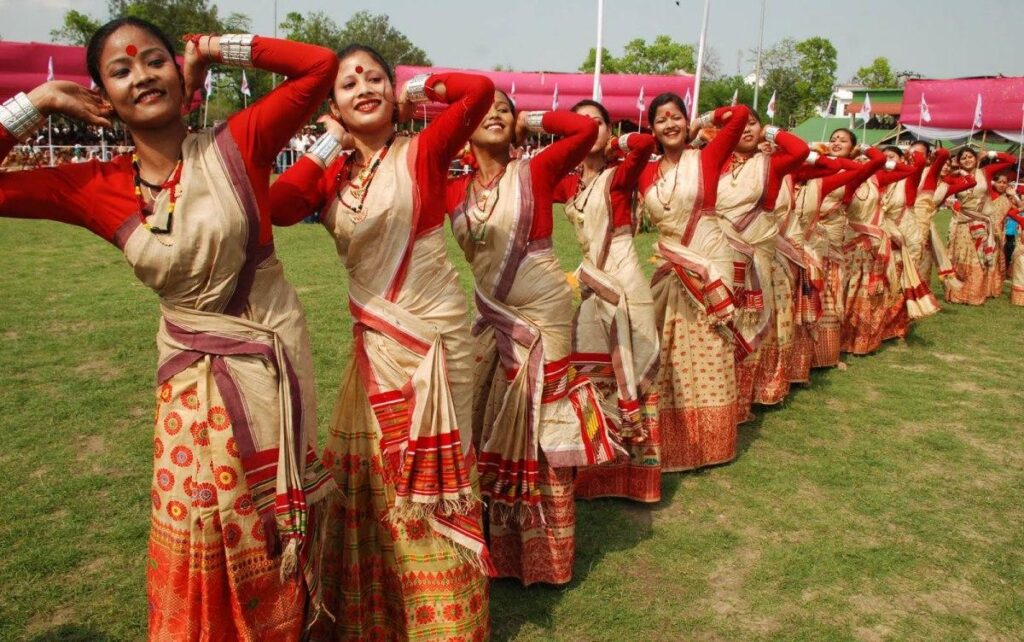
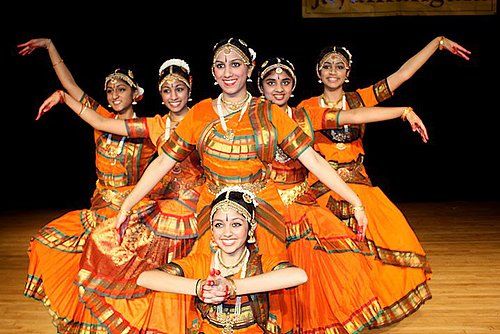
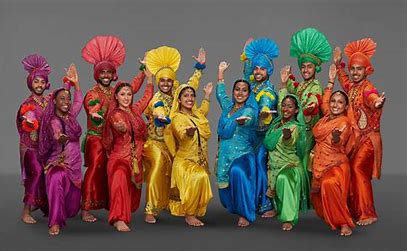
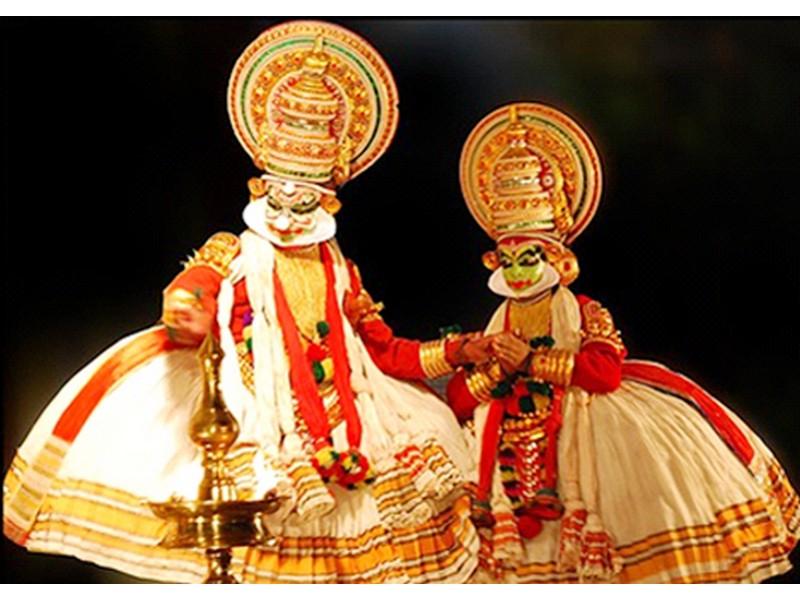
Indian folk dance
Indian folk dance embodies the rich diversity of Indian art and culture; it is a vibrant expression of regional traditions. Every dance reflects regional customs, music, and dress, from Gujarat’s rhythmic Garba to Punjab’s exuberant Bhangra. These dances, which have been passed down through the generations, frequently commemorate holidays, harvests, and local occasions.
Bharatanatyam dance
Indian classical dance, bharatanatyam, captures the diversity of Indian art and culture. It comes from Tamil Nadu and incorporates expressive gestures, rhythmic movements, and deft footwork. In keeping with India’s spiritual and cultural legacy, dancers perform to traditional Carnatic music while donning elaborate costumes and jewelry from temples. The dance tells ancient stories.
Punjabi dance
Punjab’s rich cultural heritage is vividly expressed through Punjabi dance, particularly Bhangra and Giddha. Bhangra is a dance that features dynamic movements that represent the joy of harvest, all to the rhythms of the dhol. Women perform Giddha, which combines elegant movements with steady claps to tell folktales. Punjab’s vibrant traditions and artistic legacy are reflected in both dances.
Kathakali Dance
Kerala is home to the traditional Indian dance-drama known as kathakali, which is well-known for its elaborate makeup, bright costumes, and expressive movements. This kind of performance art combines acting, dancing, and music to tell tales from epics like the Ramayana and Mahabharata. Kerala’s rich cultural legacy is reflected in kathakali, which emphasizes narrative through vivid visual artistry.
Indian Music
Indian music, deeply rooted in ancient traditions, is rich in diversity and complexity. It comprises two main genres: Hindustani (North Indian) and Carnatic (South Indian) music. Both styles share common foundations in the ancient texts of the Vedas and the Natyashastra,but have distinct characteristics. Hindustani music emphasizes improvisation and the exploration of ragas (melodic frameworks) and talas (rhythmic cycles), often performed in concerts that feature instruments like the sitar, tabla, and sarod. Carnatic music, known for its intricate compositions and devotional themes, utilizes instruments such as the Saraswati Veena, mridangam, and violin.
The music is characterized by kritis (structured songs), which are pre-composed, and extensive improvisation during live performances. Both genres have a profound impact on the cultural fabric of India, celebrated in festivals, temples, and concert halls, reflecting the country’s rich spiritual and artistic heritage.
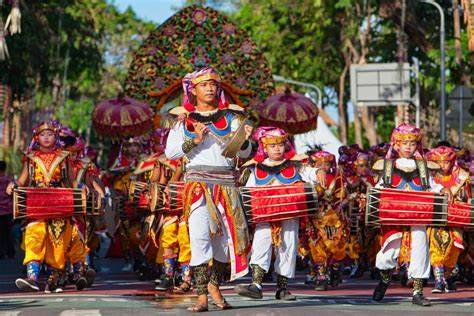

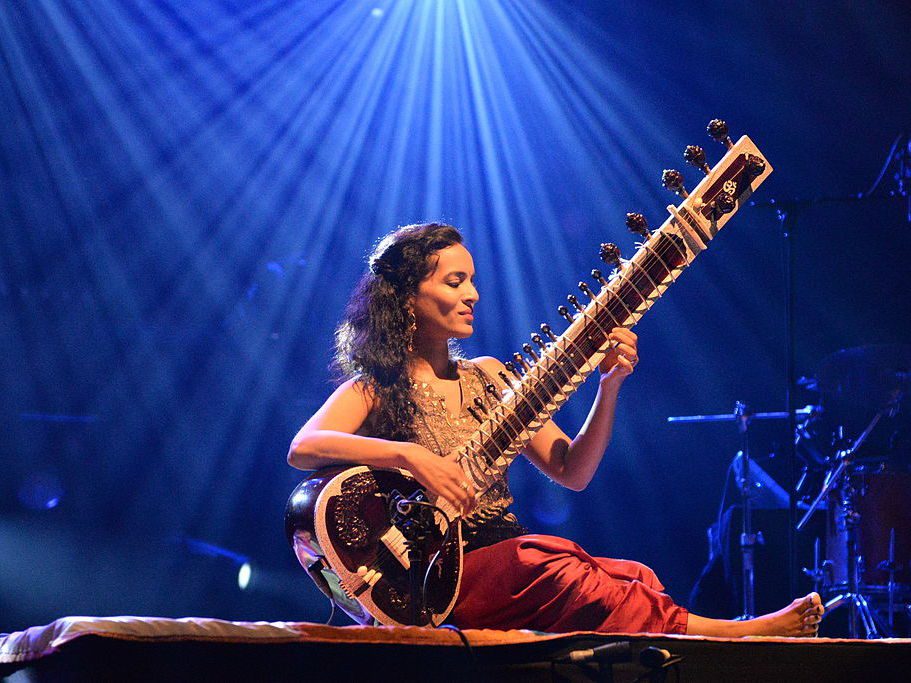

classical music
Hindustani and Carnatic are the two main categories of Indian classical music, two rich artistic traditions. It places a strong emphasis on improvisation, complex ragas, and talas, which are rhythmic cycles. This music style, which is closely linked to Indian spirituality and culture, is frequently played at cultural festivals and in temples, showcasing the country’s rich artistic legacy.
Indian music
Indian music, which has its roots in both art and culture, includes traditional styles with complex rhythms and melodic patterns, such as Hindustani and Carnatic. It includes expressive forms like ragas and talas, as well as a variety of instruments like the tabla and sitar. Indian music is a reflection of the rich cultural tapestry’s spiritual, emotional, and historical facets.
Indian folk music
The rich cultural tapestry of India is reflected in the diverse and regional folk music of the nation. It includes traditional instruments like the harmonium, tabla, and dhol and ranges from the energizing Bhangra of Punjab to the melancholic Baul songs of Bengal. This music represents India’s rich artistic legacy by preserving regional traditions, tales, and practices.
Kerala music
Kerala’s music, which is an essential part of the state’s art and culture, includes folk and Carnatic music traditions. It has melodic components from vocal styles like Sopana Sangeetam and rhythmic beats from instruments like the Chenda and Maddalam. This music, which reflects Kerala’s rich legacy and storytelling tradition, is frequently heard alongside classical dance forms like Kathakali.
